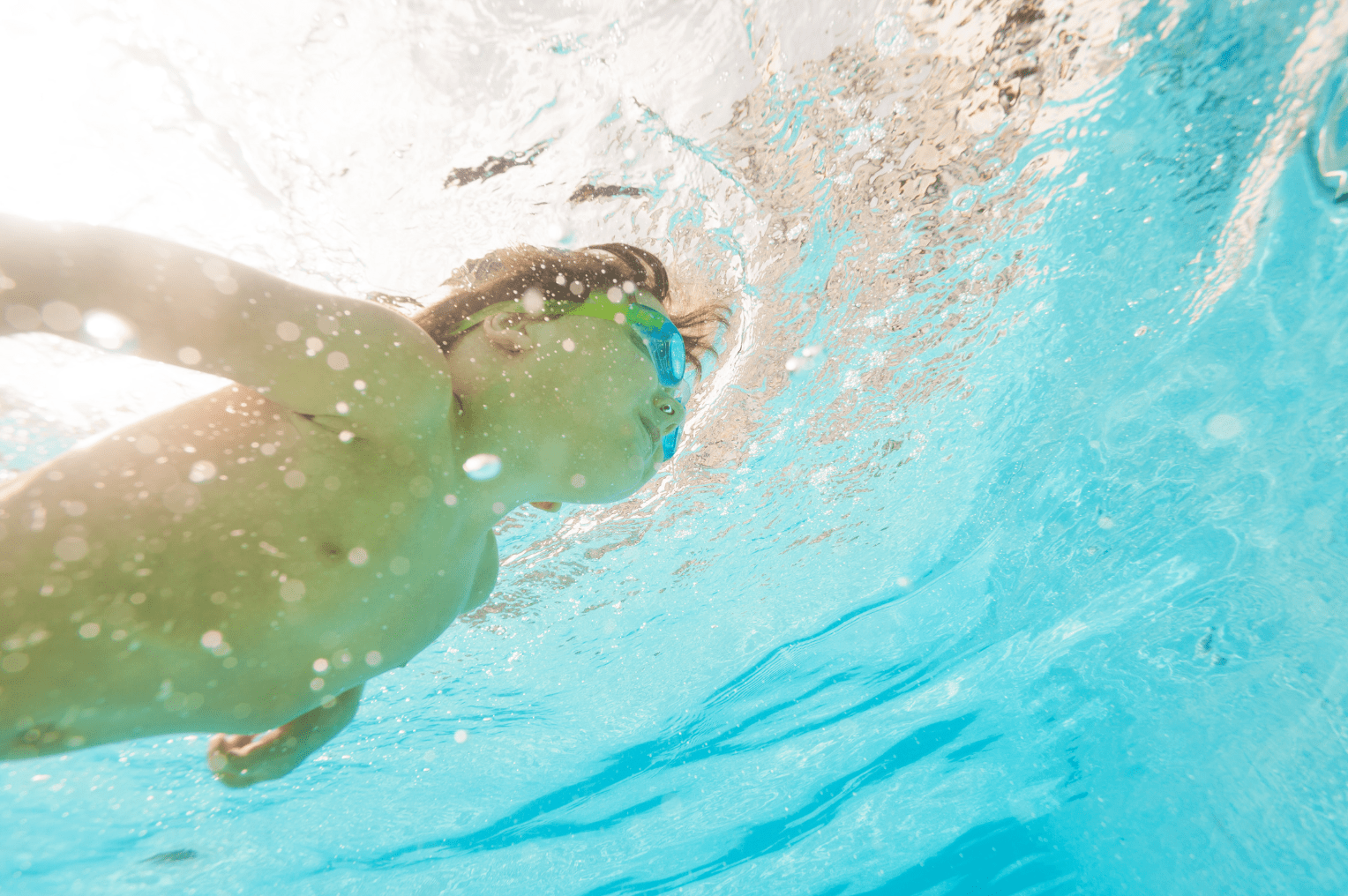Physical activity is pivotal in shaping a child’s physical health and cognitive and emotional development in childhood. For children under five, regular exercise is not just about burning off excess energy; it’s about laying the foundation for a lifetime of healthy habits.
Here, we explore the five best exercises explicitly tailored for young children, which promote growth, coordination, strength, and overall well-being.
Running and Jumping
Running and jumping are fundamental activities that come naturally to children. Whether sprinting across the yard or gleefully hopping over obstacles, these activities provide numerous benefits for physical development. Running helps strengthen leg muscles, improves cardiovascular health, and enhances coordination and balance. Jumping, on the other hand, aids in bone density development, enhances motor skills, and boosts overall agility. Encourage your child to engage in free play outdoors, where they can run and jump to their heart’s content, fostering a love for physical activity from an early age.
Climbing
Climbing appeals to a child’s natural sense of adventure while offering many developmental benefits. Whether scaling playground equipment, clambering up a climbing wall, or conquering a tree stump, climbing exercises the upper and lower body muscles, promoting strength and coordination. Additionally, climbing enhances spatial awareness and problem-solving skills as children navigate different surfaces and heights. While supervision is essential to ensure safety, providing opportunities for climbing allows children to build confidence in their physical abilities and explore their surroundings with curiosity and enthusiasm.
Balance Activities
Balance is a crucial skill that underpins a child’s physical development and overall well-being. Engaging in activities challenging balance, such as walking along a curb, tiptoeing across a balance beam, or standing on one foot, helps improve proprioception and core strength. These activities also promote stability and coordination, reducing the risk of falls and injuries. Please encourage your child to practice balance activities regularly, incorporating them into playtime routines or outdoor adventures. As they master new challenges, they’ll gain a sense of accomplishment and confidence in their physical abilities.
Gross Motor Skill Activities
Gross motor skills involve coordinating large muscle groups and are essential for performing everyday tasks such as walking, running, and climbing. Engaging in activities that target gross motor skills, such as throwing and catching balls, kicking a ball, riding a tricycle or bike with training wheels, and dancing, helps children develop strength, coordination, and spatial awareness. These activities also promote social interaction and cooperation with peers or family members. Please encourage your child to explore different gross motor activities, allowing them to discover their interests and strengths while building essential physical capabilities.
Swimming
Swimming is a highly beneficial exercise for children under five, offering unique physical and cognitive benefits. Not only does swimming provide a full-body workout that strengthens muscles, improves cardiovascular health, and enhances coordination, but it also fosters water safety skills and boosts confidence in the water. Swimming engages multiple muscle groups simultaneously, promoting balance, flexibility, and endurance. Additionally, the sensory experience of being in the water stimulates cognitive development, promoting spatial awareness and sensory integration. Introduce your child to swimming through structured lessons or supervised play in the water, emphasizing safety and enjoyment. With proper guidance and encouragement, swimming can become a lifelong activity that promotes health and happiness.
Conclusion
Incorporating the five exercises mentioned above into a child’s daily routine can profoundly affect their physical development, cognitive skills, and overall well-being. Parents and caregivers can give children the foundation to lead healthy, active lives by encouraging active play and exploration. Remember to prioritize safety and supervision, allowing children to explore and discover their physical capabilities in a supportive and nurturing environment. With the right encouragement and opportunities, every child can thrive and reach their full potential through the power of play and exercise.

